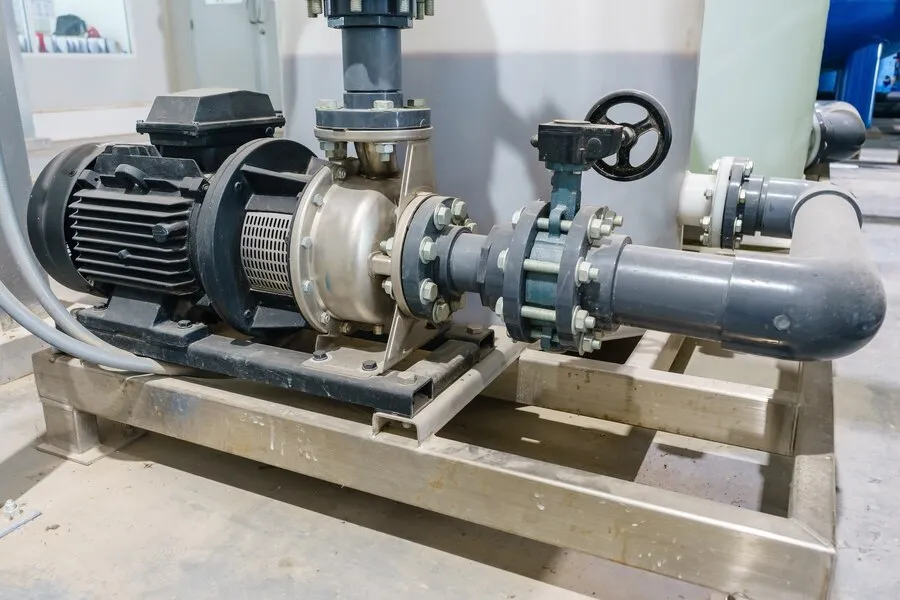Exploring the intricate mechanisms of vacuum pumps is essential across a broad spectrum of industries, including manufacturing, healthcare, and scientific research. These critical devices, engineered to extract gas molecules from a sealed space, creating a partial vacuum, are fundamental to numerous procedures. This detailed guide aims to unravel the complex science of vacuum pumps, examining their operational principles, wide-ranging uses, and their indispensable role in various domains. Through an in-depth analysis of their functionality and application across diverse sectors, we endeavor to impart a comprehensive understanding of their significance and the advanced technology behind them.
What is a Vacuum Pump?
A vacuum pump is a mechanical device that is ingeniously designed to remove gas molecules from a sealed space, thus creating a partial vacuum. This fundamental operation forms the core of establishing low-pressure environments, indispensable for a myriad of industrial and scientific endeavors. By evacuating air and other gasses, vacuum pumps facilitate critical processes such as vacuum coating, electron microscopy, and semiconductor manufacturing. These processes demand precise atmospheric conditions to preserve the integrity and quality of the output, emphasizing the crucial role of vacuum pumps.
Types of Vacuum Pumps:
- Positive Displacement Pumps: These pumps expand and contract a cavity to create a vacuum. They include rotary vane, diaphragm, and piston pumps.
- Momentum Transfer Pumps: Also known as kinetic pumps, these utilize high-speed jets of gas to propel molecules out of the vacuum.
- Entrapment Pumps: These pumps capture gas molecules by chemically or physically binding them to a solid surface.
How Vacuum Pumps Work:
- In positive displacement pumps, a rotating mechanism expands and contracts a cavity, drawing gas in during expansion and expelling it during contraction.
- Momentum transfer pumps utilize the principle of momentum to direct gas molecules out of the system, creating a vacuum.
- Entrapment pumps use surfaces with high surface areas or special materials to adsorb gas molecules, effectively removing them from the vacuum.
Applications of Vacuum Pumps:
- Manufacturing: Vacuum pumps are crucial in processes like vacuum coating, where thin layers of material are deposited onto surfaces, and vacuum molding, used in plastic and rubber manufacturing.
- Medical Industry: They power medical devices like suction machines and vacuum-assisted delivery systems in childbirth.
- Research and Laboratories: Vacuum pumps are indispensable in scientific research, enabling experiments in fields such as physics, chemistry, and material science.
Choosing the Right Vacuum Pump
Considerations include the required vacuum level, pumping speed, compatibility with the process, and maintenance requirements. Consultation with experts can help determine the most suitable pump for specific applications.
Maintenance and Troubleshooting
Proper maintenance is key to preserving the optimal performance and longevity of vacuum pumps. Issues such as leaks, worn seals, and contamination commonly afflict these pumps, significantly reducing their efficiency and functionality. However, with appropriate maintenance practices, many of these problems can be effectively managed and even prevented. Establishing a regular maintenance regime is crucial for early detection and correction of such issues, maintaining the pump’s condition, and ensuring its operation at maximum efficiency for an extended period.
Final Thought
Vacuum pumps are indispensable in a wide range of industries, enabling operations that would be unfeasible or highly inefficient otherwise. These vital devices remove air and other gasses from a sealed space to create a vacuum, thus supporting a variety of industrial, scientific, and manufacturing processes. A deep understanding of vacuum pump mechanics, coupled with a careful selection of the right pump for each application, is essential for attaining optimal results. This selection process involves evaluating the required vacuum level, the amount of gas to be extracted, and the specifics of the processes in question. By taking these factors into account, companies can achieve greater efficiency, improve performance, and foster innovation in their activities.

